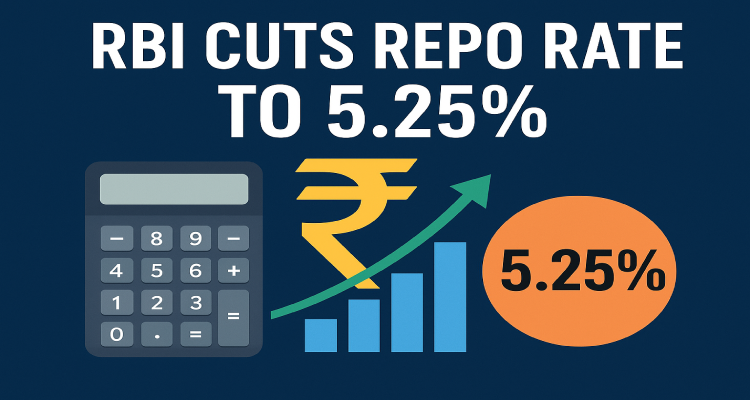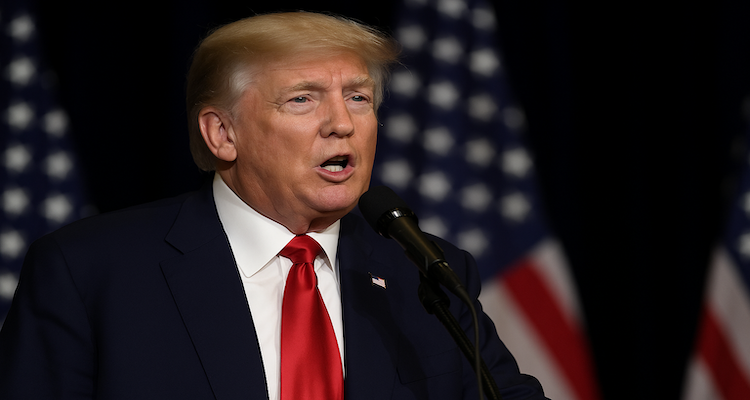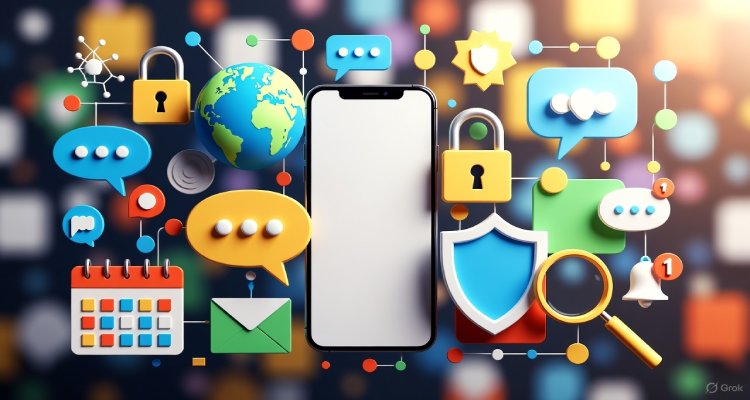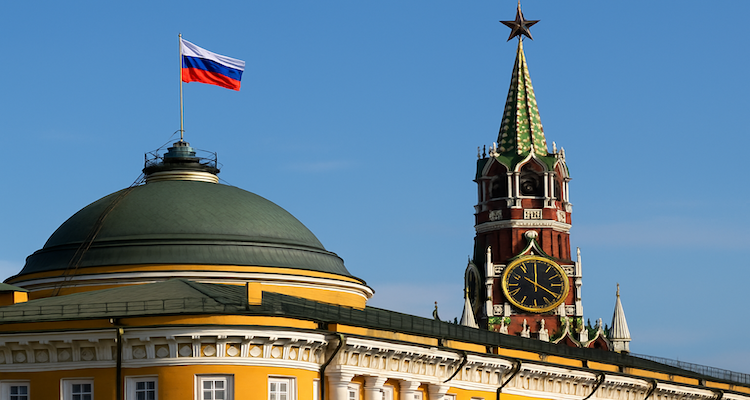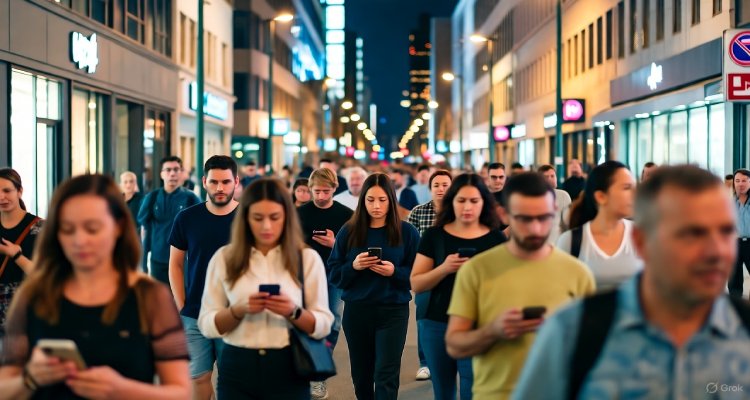Why Everyone Is Performing and Nobody’s Watching
A deep dive into the age of performative culture—why social media turned everyone into a performer, and why audiences are quietly disappearing.
Introduction: The Age of Digital Stages
Open any app, scroll a few seconds, and you’ll see it—millions performing for invisible crowds. From choreographed routines to “authentic” life updates, the modern world has turned daily existence into a perpetual stage. But in this restless spectacle, a quiet paradox is emerging: everyone’s performing, and nobody’s truly watching.
This unsettling reality defines the new digital psyche. The performance is constant, yet attention—the currency that once validated it—has become fleeting.
Context & Background: When Sharing Became Performing
Social media began as a space of connection. In its early days, platforms like Facebook and Instagram promised to bring people closer together through shared experiences. But somewhere along the line, sharing evolved into showing, and showing became performing.
With the rise of short-form content apps, the algorithm started dictating visibility. What gained likes wasn’t what felt personal, but what looked performative. Aesthetic replaced authenticity. As a result, millions adopted what psychologists now term “performative selfhood”—a conditioned state of constant curation.
Dr. Mira Thakkar, a media sociologist at the University of Delhi, explains,
“The individual has been transformed from a private being into a public personality, even if their audience doesn’t exist. The digital self performs, even when nobody cares to watch.”
Main Developments: The Collapse of Attention
The core of this problem lies in what researchers call the Attention Collapse—a state where our collective focus is stretched too thin to truly engage.
According to a 2025 study by Pew Research Center, the average social media post receives meaningful engagement (comments, shares, saves) from less than 2% of a user’s followers. Despite increased content creation, interaction rates have plummeted year after year.
Why? Because there’s too much to watch.
The rise of user-generated content has democratized creativity but also saturated digital feeds beyond sustainability. Algorithms favor frequency over substance, rewarding relentless posting over thoughtful storytelling. The result is an ecosystem where everyone performs, but no one pauses long enough to applaud.
Expert Insight: The Psychological Toll
The emotional consequence of this phenomenon is profound. Clinical psychologist Dr. Reena Kale notes a sharp rise in “performative burnout”—a mix of anxiety, apathy, and creative fatigue among young users who feel trapped in cycles of production and validation.
“Social comparison has always existed, but it’s now chronic and visual,” Dr. Kale says. “Even when users know no one’s watching, they continue performing out of fear of invisibility.”
This invisible audience effect, psychologists argue, conditions people to maintain performative optimism—a curated persona of success, happiness, and productivity. Yet internally, many feel unseen and disconnected.
Public sentiment echoes this fatigue. Across Reddit forums, X (Twitter) threads, and podcasts, creators admit they no longer know why they post. The performance has become self-sustaining, no longer needing an audience to justify itself.
Impact & Implications: The Future of Authentic Attention
The era of digital performance is forcing a reevaluation of what authenticity means. Platforms are responding with mixed strategies—some like Instagram now de-emphasize public like counts, while others like TikTok experiment with “close friends only” modes to restore intimacy.
But the deeper question lingers: can connection exist without performance?
Sociologists warn of a growing “spectatorless society”, where individuals continually broadcast yet rarely receive affirmation. This could reshape relationships, brand engagement, and even mental health trends in the coming decade.
-
For creators: The shift toward niche, private communities (like Substack newsletters or private Discords) signals a move from mass audience metrics to meaningful interaction.
-
For brands: Authentic storytelling—not high-gloss performance—will define future marketing success.
-
For society: Digital silence may become the new rebellion against being seen but not known.
As users retreat into quieter digital corners, those who dare to be genuinely unfiltered may hold the last fragments of real attention.
Conclusion: The Empty Theater
In a world built to perform, visibility has paradoxically erased the visible. What began as a social revolution now feels like a silent theater—millions speaking, few listening.
The future of attention may not lie in louder performances, but in reclaiming presence—moments shared for meaning, not metrics. Because perhaps the truest act of resistance today is not to perform, but to simply exist without an audience.
Disclaimer: This article is for informational and analytical purposes. It does not offer psychological or medical advice. All expert opinions are cited from publicly available academic or professional sources.




